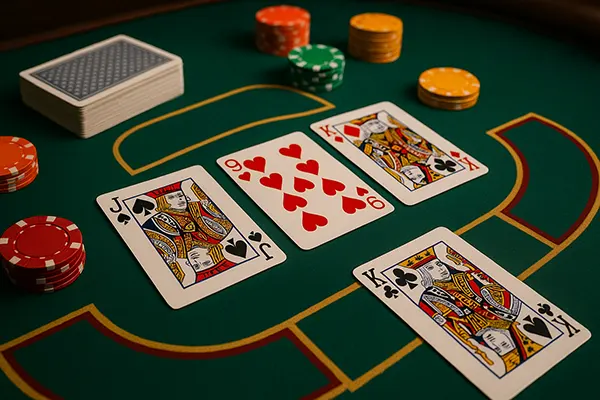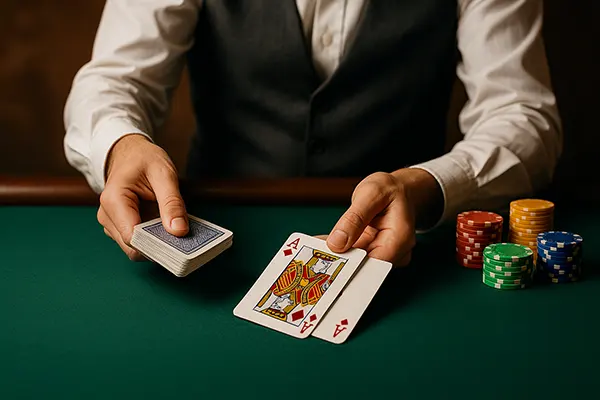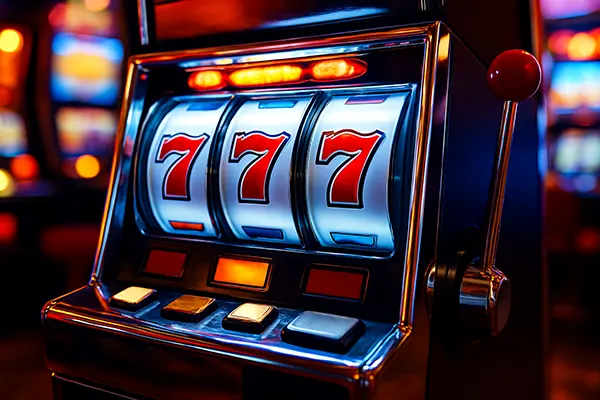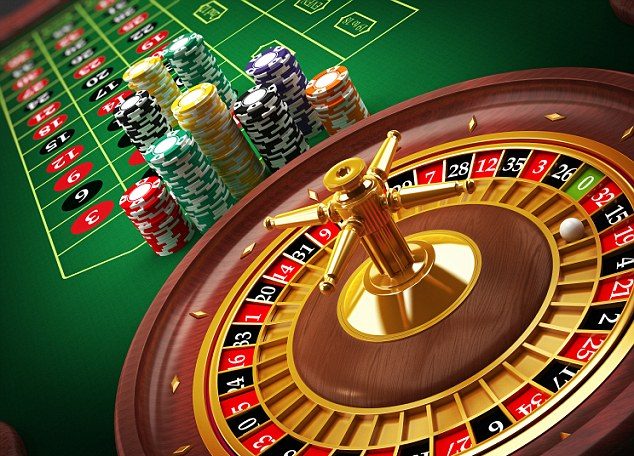Baccarat: Punto Banco, Chemin de Fer and Banque — A Comparative Look at Classic Variants

Baccarat has maintained its reputation as one of the most elegant and prestigious card games in casinos across the world. While most casual players are familiar with the basic version of the game, baccarat has several notable variants that differ in terms of rules, player control, and overall dynamics. The three most recognised forms are Punto Banco, Chemin de Fer, and Banque. Each carries its own traditions, rulesets, and appeal, making them interesting not only for casual enthusiasts but also for serious players and high rollers who appreciate both skill and atmosphere.
Punto Banco: The Standard of Modern Baccarat
Punto Banco is the most widespread version of baccarat today, especially in casinos across Europe, North America, and Asia. Its rules are fixed, meaning players have no control over the decisions once the cards are dealt. The croupier manages all aspects of the game, following a predetermined drawing system. This makes Punto Banco straightforward to learn, as participants mainly focus on choosing whether to bet on the Player hand, the Banker hand, or a Tie.
One of the main advantages of Punto Banco is its accessibility. Since strategy has minimal influence, beginners can easily take part without feeling disadvantaged against more experienced players. The house edge also remains relatively low, especially when betting on the Banker hand, which has slightly better odds due to the drawing rules. This balance between simplicity and fairness has made Punto Banco the dominant form of baccarat globally.
Despite its popularity, some players may find the lack of decision-making limiting. For those who enjoy a sense of control or wish to influence the outcome, other versions such as Chemin de Fer or Banque may provide a more engaging experience. However, Punto Banco’s streamlined format ensures fast-paced play and a consistent structure, appealing to both regular visitors and those who prefer low-effort participation.
Chemin de Fer: The French Tradition
Chemin de Fer, a variant deeply rooted in French casino culture, differs significantly from Punto Banco by giving players more active involvement. In this version, one player acts as the banker and deals the cards, while others wager against the banker’s hand. The role of banker rotates around the table, which creates a more social and strategic atmosphere. This setup brings an element of responsibility and excitement to the game, as players feel they are not just participants but also decision-makers.
A notable feature of Chemin de Fer is that the active player representing the “Player” side decides whether to draw a third card or stand, following flexible guidelines rather than strict rules. This introduces strategy, as decisions can influence outcomes and affect betting patterns. For this reason, Chemin de Fer is often considered more appealing to experienced or competitive players who enjoy tactical play rather than relying purely on chance.
Although Chemin de Fer has lost some of its international prominence to Punto Banco, it remains popular in high-end European casinos. Its prestige is partly due to its historic association with aristocratic gambling circles and its ability to foster an interactive gaming environment. For those seeking a balance between chance and strategy, Chemin de Fer provides a distinctive alternative within the baccarat family.
Banque: A Hybrid of Control and Chance
Baccarat Banque is another classic European variant that blends elements of both Punto Banco and Chemin de Fer. Unlike Chemin de Fer, the role of banker in Banque is not rotated but instead remains with one player for the duration of the shoe, unless they withdraw or cannot cover bets. This creates a more structured environment where the banker holds greater influence over the flow of the game. At the same time, other players still get opportunities to bet strategically against the banker.
Similar to Chemin de Fer, the active “Player” side has some degree of decision-making in whether to draw a third card. This means that strategy once again plays a role, although not to the same extent as in Chemin de Fer. The banker, meanwhile, enjoys a powerful position that can significantly affect the outcomes of rounds, adding both responsibility and prestige to the role. Banque is often considered a high-stakes game and is particularly attractive to VIP circles.
Banque’s structure makes it slower-paced compared to Punto Banco, as the betting process can be more elaborate and the banker’s role demands careful management. However, for players seeking depth, exclusivity, and an environment that values both chance and skill, Banque remains a respected form of baccarat that has stood the test of time in Europe’s most refined gambling establishments.
Comparing Odds and Appeal
From a statistical perspective, Punto Banco offers the most straightforward betting environment, with the Banker bet being one of the most favourable wagers in any casino. Chemin de Fer and Banque, while involving strategy, tend to even out the mathematical advantage due to the influence of human decision-making. This can lead to less predictable results, which appeals to those who prefer strategy over fixed odds.
In terms of pace, Punto Banco is the fastest, making it appealing for those who value efficiency. Chemin de Fer and Banque, however, tend to proceed more slowly due to their emphasis on decisions and interactions, which some players may find more rewarding. These distinctions highlight why different player groups gravitate towards different variants, depending on their preferences and expectations.
Finally, baccarat variants carry unique cultural and historical weight. Punto Banco dominates in North America and Asia, Chemin de Fer remains a French favourite with strong historical roots, and Banque continues to attract VIPs in Europe. Understanding these differences allows players to approach the game with clarity, knowing exactly what each version offers in terms of experience, strategy, and appeal.

Baccarat’s Timeless Prestige
Across its variants, baccarat has maintained its reputation as a game of sophistication and exclusivity. While Punto Banco is today’s international standard, Chemin de Fer and Banque remain important in understanding the heritage of the game. Each variant reflects different priorities: accessibility, strategic involvement, or exclusivity for high-stakes circles. This diversity is part of what has allowed baccarat to thrive for centuries, adapting to different cultures and player preferences.
From Monte Carlo salons to modern gaming floors in Macau, baccarat continues to attract players with its balance of chance and tradition. Unlike many games that evolve rapidly, baccarat has preserved its essential structure while allowing regional variations to flourish. This makes it both timeless and versatile, appealing to audiences across generations and continents.
In the present day, as casinos expand globally and gaming habits diversify, baccarat retains its place as a symbol of elegance and classic gambling tradition. Whether through the streamlined format of Punto Banco, the strategic challenges of Chemin de Fer, or the exclusive nature of Banque, the game offers something meaningful to a wide range of players. Its enduring prestige ensures that it remains a cornerstone of international casino culture in 2025 and beyond.
Choosing the Right Variant
For newcomers, Punto Banco is the most accessible and provides a clear introduction to baccarat without the complexity of decision-making. It offers fairness, speed, and simplicity, making it ideal for those who wish to learn the game quickly. On the other hand, experienced players who enjoy strategy and interaction may find Chemin de Fer more rewarding, as it combines skill with social engagement.
Banque, meanwhile, stands out as a prestigious choice for those drawn to high-stakes environments and games that balance structure with selective control. It appeals particularly to players who seek not just entertainment but also the experience of holding an influential role within the game. This makes it one of the most exclusive and respected forms of baccarat still offered today.
Ultimately, the choice of variant depends on a player’s goals, preferences, and desired level of engagement. Whether one values simplicity, strategic decision-making, or exclusivity, baccarat offers a suitable form to match. This variety ensures that baccarat continues to remain relevant and appealing, maintaining its reputation as one of the great enduring classics of the casino floor.





